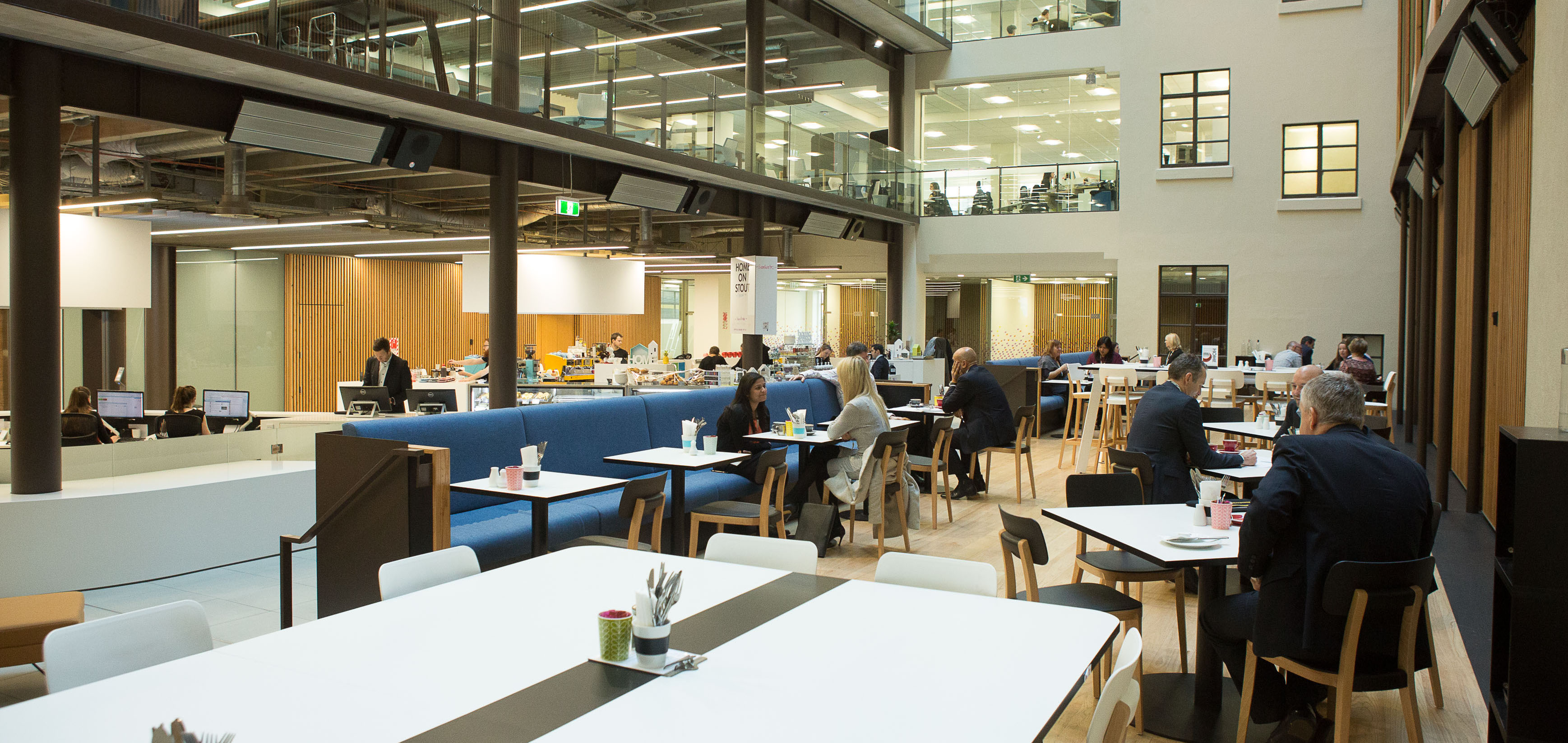 blog
blog
The modern workplace. Forget how it looks. How do you want to work?
17 April 2017, by
When discussing the modern workplace with friends, the conversation will generally turn in one of two directions – first, open plan offices and hot desking, and second, the latest design trends.
Much has been written about the first and I’ll add some thoughts to this debate in the future. Right now, I’m interested in design solutions.
Discussions with friends on design solutions cover the amazing spaces, their quirky features and the great facilities for employees. Certainly some amazing spaces are being created with some interesting and innovative solutions. But what problems are they solving? As a Workplace Strategist, I want to understand how the design meets the needs of the organisation, hence the question “Forget how it looks. How do you want to work?”
One of the re-occurring themes across many designs are collaboration spaces – a great example of the potential behind this question. These spaces are often at the front and centre of the new workplace with just about every report, article and commentary from designers, organisations and consultants promoting collaboration. A report published by Knoll Inc. in the US suggests that collaboration is the top planning priority for the 40 workplace executives surveyed across a diverse range of organisations and has been since 2012.
So what is this holy grail that everyone’s chasing? After all, collaboration is not new as people in organisations have always worked together to deliver stuff, whether formally or informally. I believe the collaboration we’re considering here is something different. This is an activity that’s being promoted as a way of changing something in the organisation, fixing a problem or working smarter with the intention of delivering real benefit.
The promotion of collaboration as a separate business activity has been floating around since the 1990’s and I think there are a few key motivations:
- Business Process – organisations looking to improve operational performance have focused on their business processes or value chains. One result is the networked organisational structure where cross-functional collaboration is vital to achieving real improvements
- Communications – larger and more complex organisations had groups or divisions seen as silos with little or no communication between them. Encouraging collaboration across groups is about information sharing and providing an opportunity for problem solving
- Project – delivering successful projects increasingly means the formation of temporary teams on a full or part-time basis which need to have the tools and opportunities to collaborate
- Innovation – The pace of change seems to be ever increasing and to be a leader rather than a follower drives the need for innovation within many organisations. At the heart of the teams focused on innovation is the need for successful collaboration
I’d suggest there are different solutions for each of these scenarios comprising elements that address people, technology, processes, behaviours and space. Too often, the solution to the need for collaboration is delivered as a physical solution, a designated space with furniture that supports people working together.
If we consider the question ‘How do you want to work?’ again, then this requires the definition of a solution that’s specific to an organisation. A specific solution can only be determined by understanding an organisation, its strategies, processes, people, technology, leadership, structures and culture.
These are the characteristics that help define the organisation as unique and understanding them will help ensure that workplace solutions respond to the needs of that organisation.
The modern workplace is a complex environment where the strategic, operational and cultural needs of the organisation drive the best physical and technological solutions. So, forget how it looks. How do you want to work?
